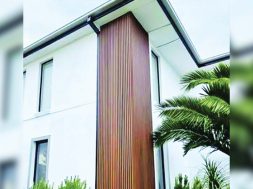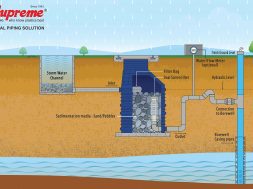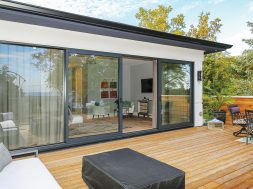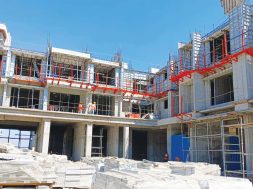Building systems must be mechanized as cities are becoming smarter

Smart buildings can integrate Building’s operational data with occupants’ behavioural data to optimize energy usage. They provide necessary information, making real-time action possible and act ahead of time, says Nishant Nishoo, Director-Sales, 75F.
Nishant Nishoo points out Smart technology reduces operational costs leading to increased responsiveness, moreover smart building which use them follow the green norms and consume energy efficiently with less impact to the environment.
Can you elucidate on the benefits of building automation?
The entire building and infrastructure value chain has changed since IoT-driven automation and smart technology came into the picture. Through the vast network of smart devices, IoT helps gain a lot of insights that can further help facility managers and building developers make more educated decisions regarding occupant comfort and energy efficiency. IoT takes us a step further by not just monitor the building systems but also controlling the HVAC and the lighting systems based on data collected from the various intelligent sensors, matching real-time demands with only the incremental energy use required instead of always-on, scheduled or manually determined levels. Building systems must be mechanised as cities are becoming smarter. Smart buildings can integrate Building’s operational data with occupants’ behavioural data to optimize energy usage. They provide necessary information, making real-time action possible and act ahead of time. This data analysis aids in the control and monitoring systems installed in the building. Smart buildings follow the green norms and consume energy efficiently with less impact to the environment. This can make indoor activities healthier, productive, and comfortable. These systems significantly improve indoor air quality and illumination with advanced climatic and lighting controls. Smart technology reduces operational costs leading to increased responsiveness. Automatically turning off lights in a space that has no occupants is a fantastic example of how automated systems work in a smart setup.
How can building automation facilitate the use of touchless technologies?
Integrating touchless technology into your building’s management can reduce liability and reinforce residents’ sense of safety. The technology operates every aspect of a building, from access control to HVAC to energy efficiency generating massive data. While touch free or near field communication technology has been utilised for many years in access control, people today prefer no-contact access. A touchless experience can also change how items are delivered, how visitors are let into a building, and the comfort levels of shared spaces. Building occupants, whether visitors or regular residents, can have a seamless experience from the entrance by integrating hardware such as sensors, BMS, and accessibility via individual/ authorised cell phones. Fortunately, advances in technology have allowed us to modify our lives without living in isolation or halting corporate activities while maintaining our health.
How can building automation aid in making a building sustainable and energy-efficient?
The importance of energy-efficient and sustainable buildings has taken on new urgency considering rapidly depleting energy resources, energy shortages, and rising environmental pollutants. Modern building structures consume over 40% of global energy and emit one-third of world greenhouse gas emissions. Buildings are now opting for better energy sources like renewable energy. Most organisations globally have adopted Net Zero emission targets to minimise carbon emissions across their facilities and supply chain, and buildings account for a significant portion of their operations, making it critical to prioritise sustainable building operations. Mechanical systems and building components that are well-designed work together to keep indoor temperatures stable. 75F’s IoT-powered solution saves up to 50% energy, enhances occupant experience, increases productivity, and cuts installation time by 80%.
23
Cookie Consent
We use cookies to personalize your experience. By continuing to visit this website you agree to our Terms & Conditions, Privacy Policy and Cookie Policy.









